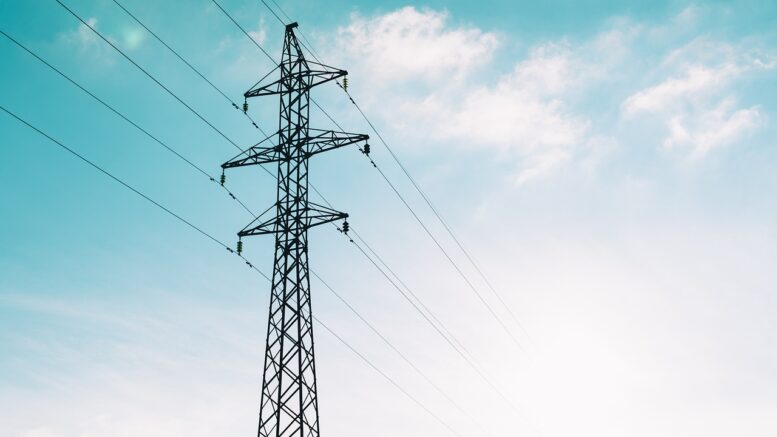As the UK transitions toward a more renewable-centric energy grid, it requires an approach that integrates both current technologies and future innovations. The intermittent nature of renewable energy sources like wind and solar presents a challenge to maintaining a stable and reliable energy supply. However, there are several strategies and emerging technologies that can potentially address this progblem
One key approach is enhancing energy storage systems. Batteries, particularly those using e solid-state or flow batteries, can store excess energy generated during periods of high renewable output and release it when generation is low. This not only helps balance the grid but also increases the overall efficiency of renewable energy use. In the future, the development of large-scale, grid-level storage solutions could transform how energy is managed, allowing for the smoothing out of supply fluctuations and reducing the reliance on fossil fuel-based backup power plants.
Another important strategy involves the smart grid. By using digital technology and real-time data, a smart grid can dynamically manage the distribution of electricity, responding to changes in supply and demand more effectively. This includes demand-side management, where consumers are encouraged to adjust their energy usage during peak times, reducing stress on the grid.
Hydrogen is also emerging as a promising future technology. Green hydrogen, produced through electrolysis using renewable energy, can be stored and then used as a fuel for electricity generation or for other purposes like heating and transportation. This not only provides a means to store energy long-term but also supports decarbonization efforts across multiple sectors. The UK’s investment in hydrogen infrastructure could position it as a leader in this field, turning intermittent renewable energy into a stable, versatile fuel source.
Interconnectivity with other countries is another strategy that can help manage intermittent energy. By connecting the UK’s grid with those of neighboring countries, it can import or export electricity as needed, balancing supply and demand across a larger area. This international cooperation reduces the impact of local weather conditions on energy supply and enhances overall energy security.
Finally, advancements in renewable energy technology itself will play a crucial role. As wind and solar technologies become more efficient, they will be able to generate more power even in less-than-ideal conditions, reducing the overall intermittency. Coupled with developments in offshore wind, which tends to be more consistent than onshore wind, the UK can increase its renewable energy capacity without dramatically increasing intermittency issues.
In s As these technologies mature, they will not only address the challenges of intermittency but also pave the way for a more sustainable and resilient energy future.

Be the first to comment on "How to manage intermittent energy supply in the UK"